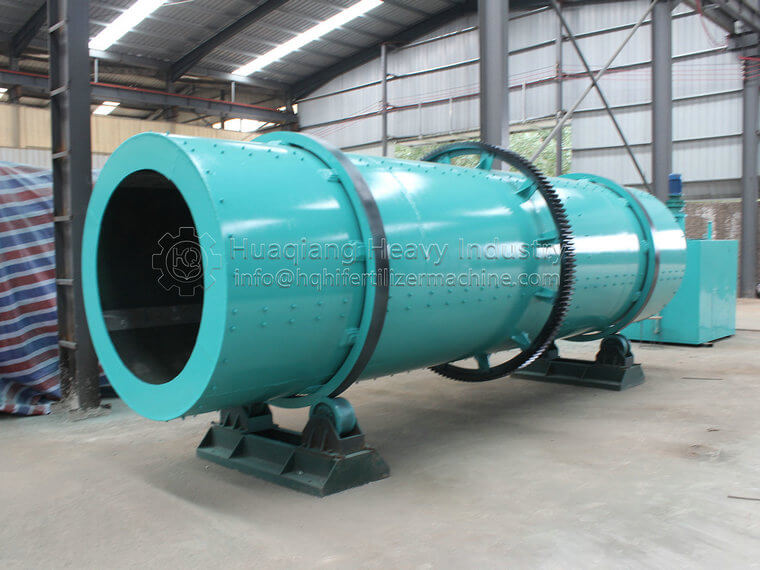Common organic fertilizer granulators include: double roller granulator, rotary drum granulator, disc granulator, new organic fertilizer granulator, new two-in-one organic fertilizer granulator, flat die granulator Machine, ring die granulator, each granulator has its own production characteristics, and the price of granulator varies. Which granulation equipment can be used in npk production line?

There are three main types of compound fertilizer granulators: rotary drum granulator, disc granulator and double roller granulator. What is the difference between these compound fertilizer granulators? What are the advantages and disadvantages of each?
The disc granulator mainly uses the rolling of the disc surface and the granulation of the granules themselves, and is used in conjunction with the upper mixer to achieve a high ball forming rate. The investment cost of granulator equipment is low, and the production capacity is strong, but the dust of open-air granulation is relatively large.
A rotary drum granulator is a forming machine that can shape materials into specific shapes. The main working method is granule wet granulation. With a certain amount of water or steam, the basic fertilizer can fully react after being humidified in the cylinder. Under certain liquid phase conditions, with the help of the rotary motion of the cylinder, the extrusion force between the material particles is agglomerated into balls. The investment cost of fertilizer equipment is high, the production capacity is strong, and the dust of drum granulation is relatively small.
The double roller granulator is produced by a non-drying normal temperature process, and it is formed at one time. The equipment has low investment, quick effect and good economic benefit. The complete set of equipment is compact in layout, scientific and reasonable, and advanced in technology. Energy saving and consumption reduction, no waste discharge, stable operation, reliable operation and convenient maintenance. Wide adaptability of raw materials, suitable for granulation of raw materials such as compound fertilizer, medicine, chemical industry, feed, etc., and the product granulation rate is high. Various concentrations and types of compound fertilizers (including organic fertilizers, inorganic fertilizers, biological fertilizers, and magnetic fertilizers) can be produced.


.jpg)
.jpg)

.jpg)
.jpg)

